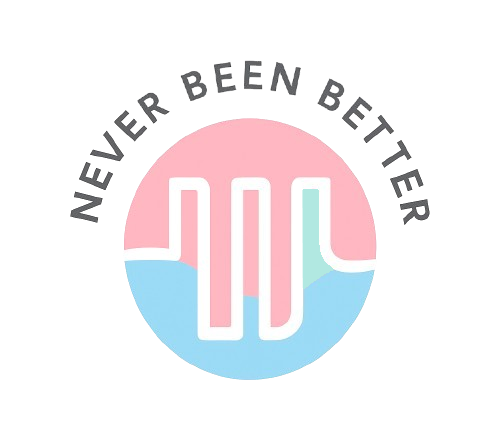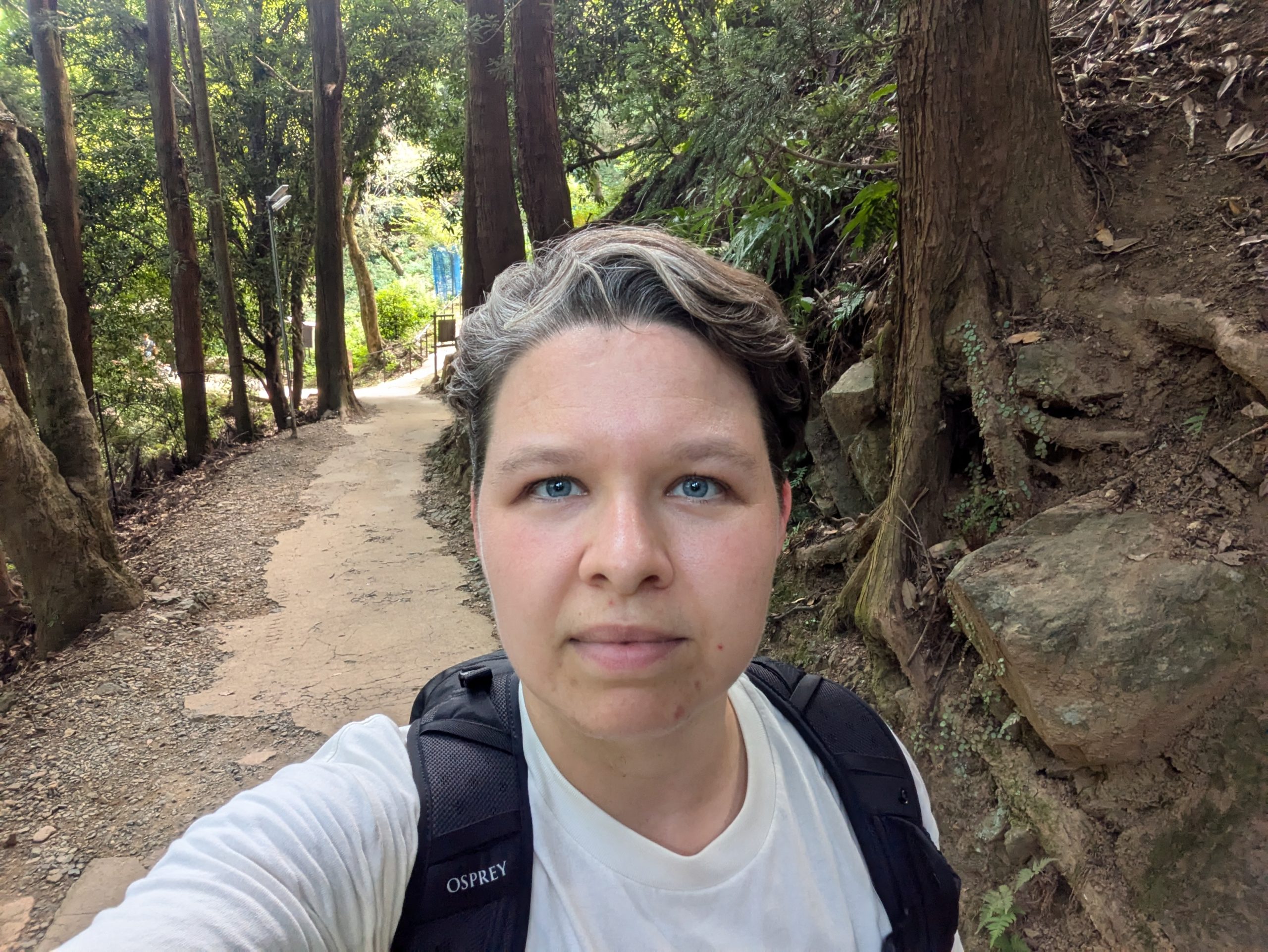Gender dysphoria refers to discomfort or distress caused by a conflict between a person’s gender identity and their assigned sex at birth.
Gender dysphoria isn’t an exact science; it’s highly subjective and varies from person to person. Personally, I experienced gender dysphoria for years without realizing what it even was. I felt uncomfortable in my body, but I had been taught that you should learn to be content with yourself and that everyone has something they struggle with. So, I thought that was what I was feeling—something everyone experiences in some way.
For someone who doesn’t experience gender dysphoria, I would compare it to having a pimple on your face. You know it’s there, and it makes you feel uneasy. You’re aware that others can see it and might perceive you differently than how you’d like to be seen. Maybe you even try to hide it. Most of the time, you’re conscious of its presence, how it feels, and how frustrating it is that you, specifically, have to deal with it. But there are also moments when you’re distracted and forget it’s there—until you catch your reflection in a window and suddenly, you see it again. Instantly, you feel uncomfortable again. The difference is that this pimple eventually disappears (although it might come back). The body parts that transgender people experience gender dysphoria about are either always there or always missing, leading to years of discomfort with their own body.
Even though I manage to push it aside at times, gender dysphoria is something I face daily from the onset of puberty. I tried to ‘deal with it,’ so I decided to pay as little attention to my body as possible. This led to me becoming disconnected from my own body. I always viewed the gender dysphoria as being ‘dissociation’ and ‘something that was just there,’ ‘something I had to live with.’ Now, looking back, I see the gender dysphoria and the discomfort for what they truly are. In a way, I find it impressive that I managed to endure it for so long, but it also makes me emotional to realize that I have had to.
So, what exactly is this about in my case? This is the part where we get into body talk. First and foremost, my biggest source of discomfort: breasts. When they started growing, it felt strange and unpleasant. I never liked them. Moments of awareness—while showering, running, or during intimate contact—make me feel uncomfortable and at times even angry. I often wish them to be gone. They definitely are a part of me, but they are supposed to be apart from me. It’s like the nagging feeling of that pimple reminding you the whole time it’s there when you wouldn’t want it. ‘There is something on my body that doesn’t belong there, and I am constantly reminded of that.’
Having a vagina, for me, mostly feels strange rather than distressing. It doesn’t feel like my own. I think the tactic of “pretending something doesn’t exist” works better in this case since a vagina is less prominent than breasts. That said, I also never felt the need to explore it. It’s funny—I’m trying to describe my feelings about my vagina, but our relationship is so absent that I don’t even know what else to say about it, which might also be quite telling.
My body shape is mostly fine, in my opinion. I’m not tall, but I’ve always had a fairly sturdy, somewhat muscular build. My hips are relatively straight, which I like. My overall body silhouette has always been kind of neutral ground—sure, I sometimes thought, “I could lose a few pounds,” but I never specifically experienced gender dysphoria about it. The main struggle has been the disconnect between my body and mind. Looking at my own body and not recognizing it as my own is an unsettling experience. It has led to a lack of motivation to take care of myself, which had a negative impact on my mental well-being and kept me in this loop. The reason I’m convinced this is part of gender dysphoria is that once I decided to transition, the connection between my body and mind improved significantly.
The last aspect of gender dysphoria I experience has more to do with how others see me and the social roles assigned based on gender. I have a very specific memory from elementary school: we were playing a game called ‘the girls chase the boys.’ I expected the girls to chase me, but no one did. Also, the boys assumed I was coming after them and ran away from me. I was confused—I thought I could just play along with the boys. “I look like a boy too, why can’t I be part of this group?” Now, I couldn’t participate in the game because I for sure didn’t want to chase the boys. It left me feeling excluded and lonely, though I didn’t fully understand why at the time.
This is just one example, but you can imagine how life is filled with moments where you’re assigned a role based on gender. In these situations, I always have felt like something is off—it feels strange. Looking back, I realize that in my mind, I never have seen myself as a woman. Even though I understood that I was and have accepted that the world is seeing me that way. I have been always aware that I didn’t fit into that role.
Reflecting on this, my experience now feels different than it did at the time. Before realizing I am transgender, things just were what they were—uncomfortable, a little strange, nothing I could quite define, but always had something to do with my body or a gender role. So, in my case, these experiences are clearly tied to being transgender in retrospect. However, I also believe that everyone has good and bad experiences with their body. It’s important for me not to attribute every negative feeling to gender dysphoria. Some things just are, and not everything has to be perfect. In the end, I am also simply human. Though the fact that discomfort exists in life is inevitable, I just wished I had known sooner to what extent it should be just part of life.
Discover more from Never been better
Subscribe to get the latest posts sent to your email.




Be the first to share your story!